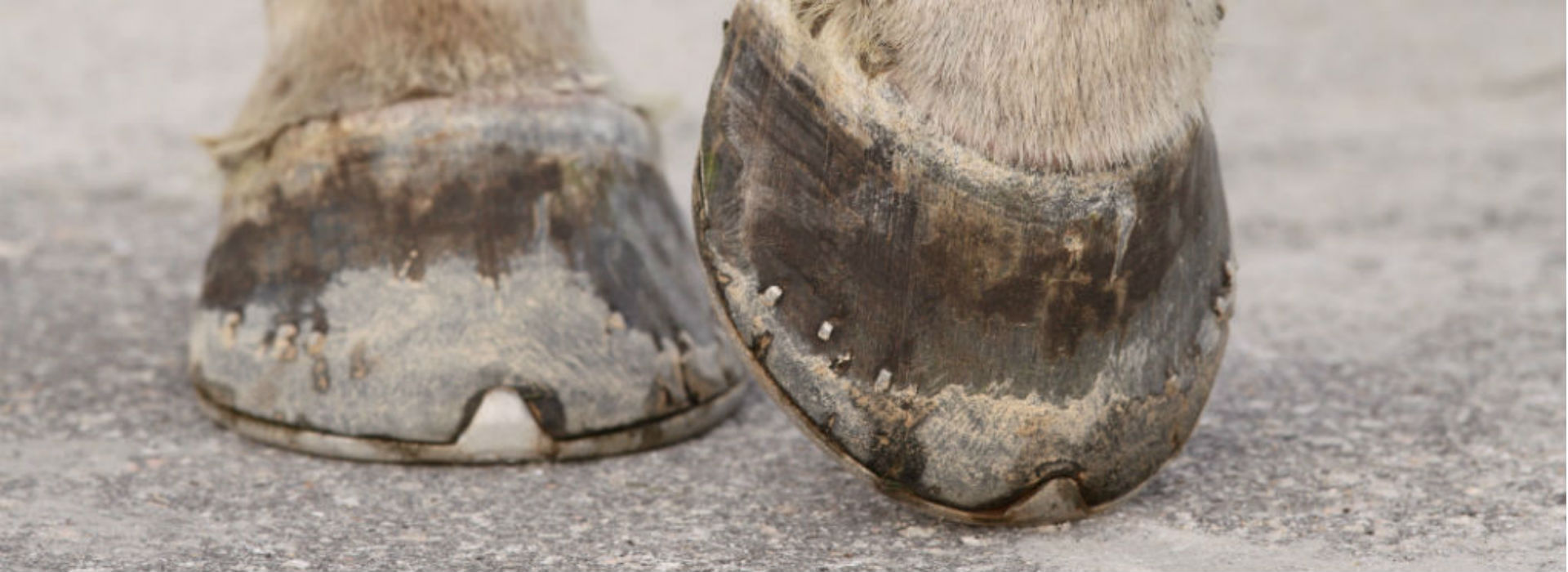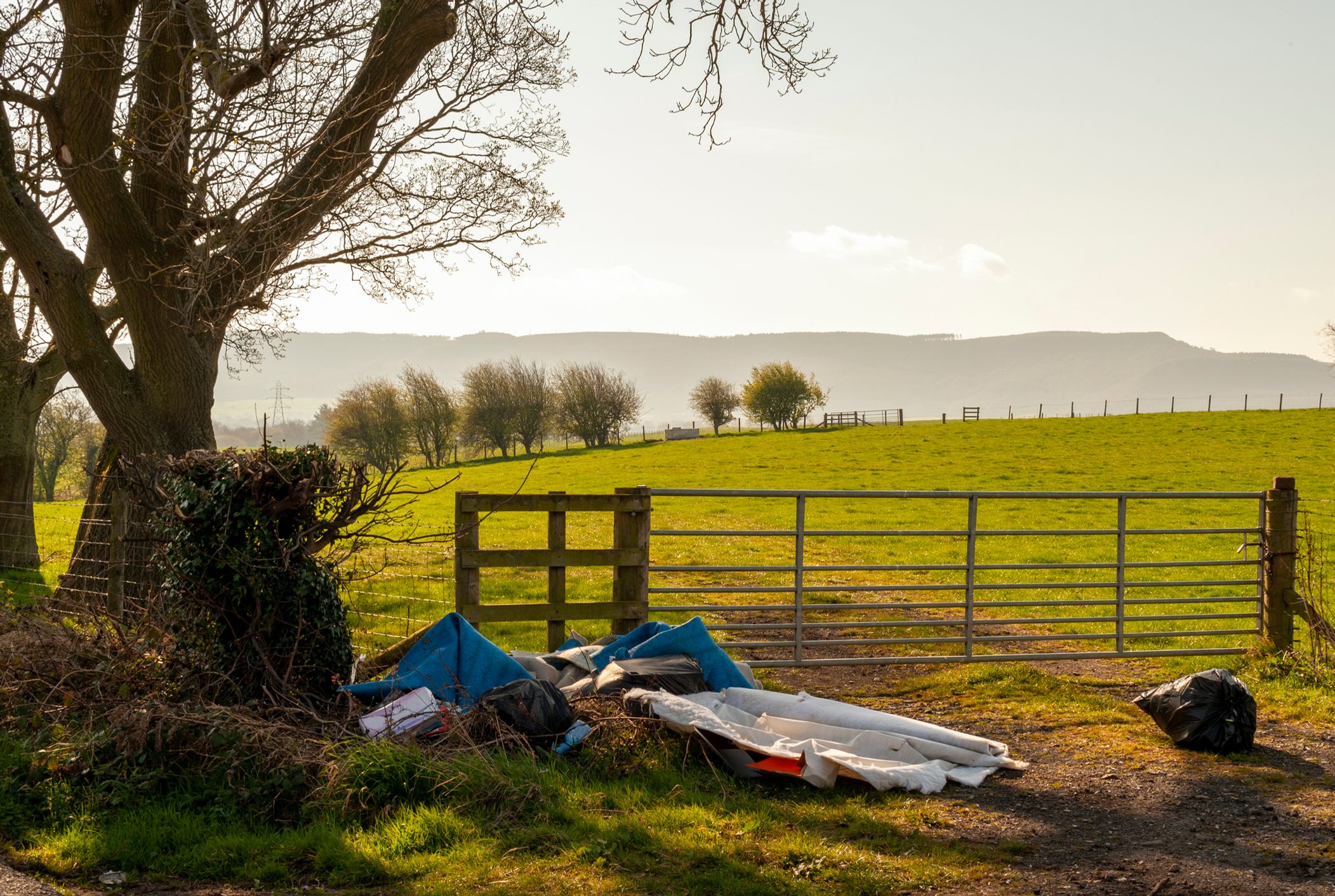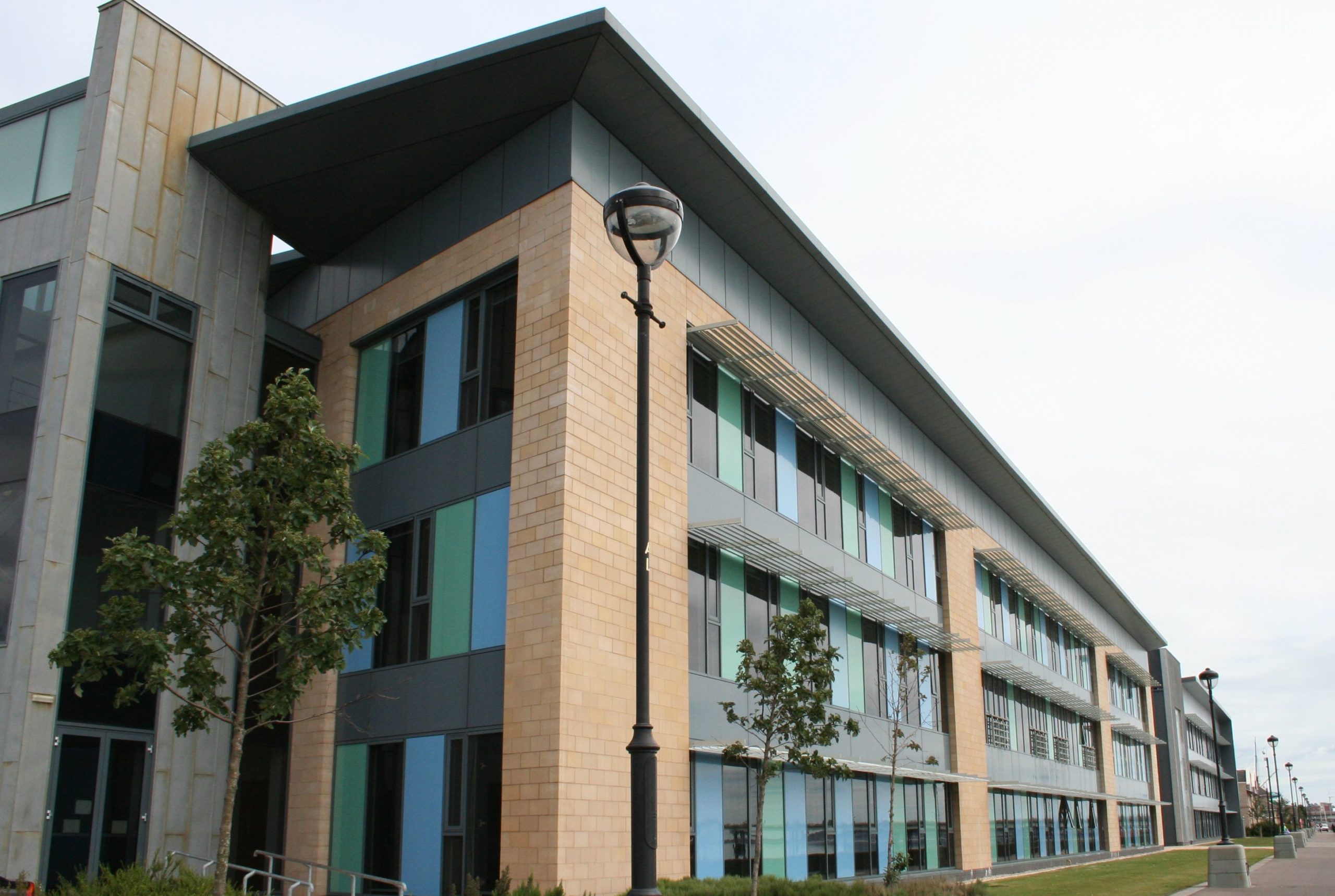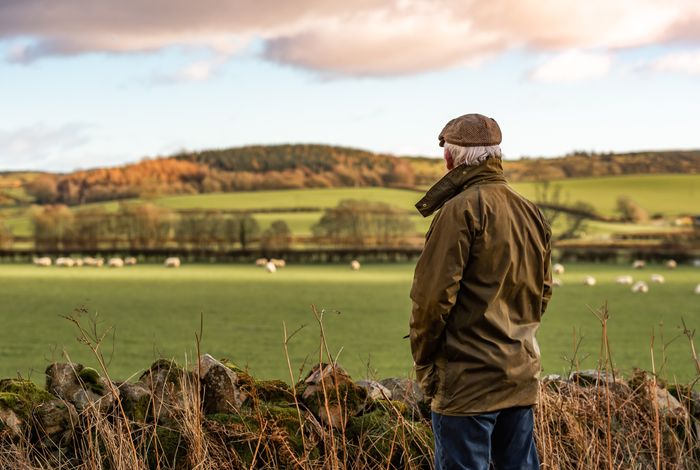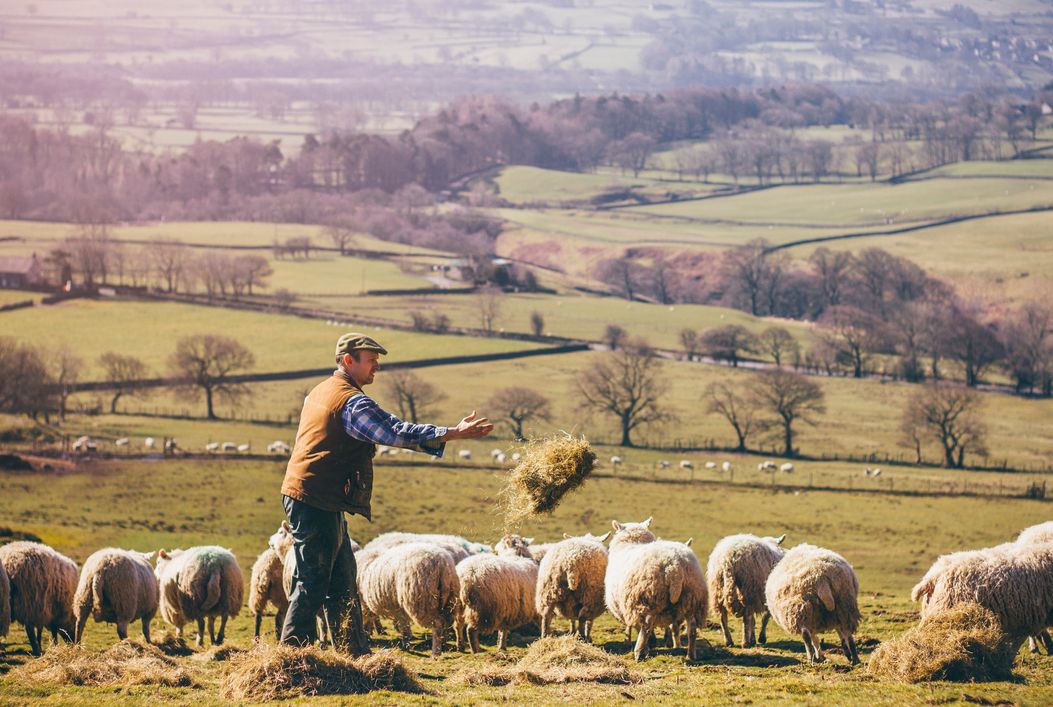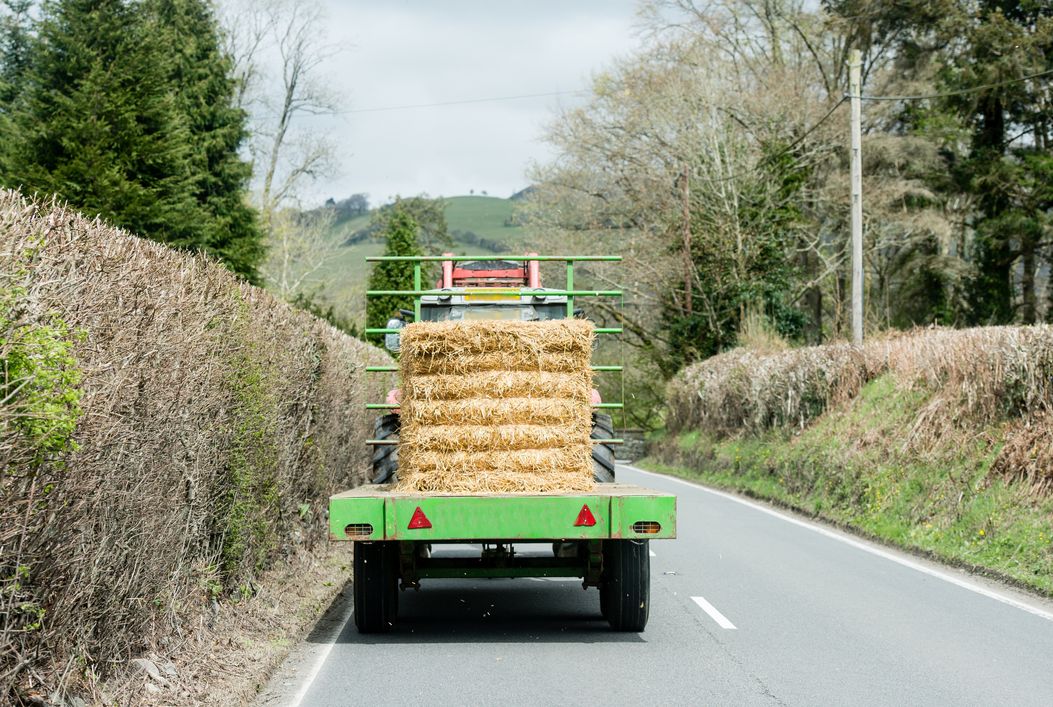With the clocks having gone forward giving us lighter evenings and the warmer weather bringing lush grass and new life, horses and their owners face a potential problem.
With horses feeding on hay and feed in the colder months, nutrient-dense new shoots provide a concentrated source of sugars which can result in new or relapses of cases of laminitis. Laminitis is a painful condition that affects horses’ and ponies’ feet and can, in the worst cases, be fatal.
What are the effects of Laminitis?
Within the hard exterior of a hoof lies an inner, sensitive layer – the Laminae. Laminitis causes this layer to inflame, which if left untreated can cause structural changes in the hoof, including rotation and sinking of the pedal bone.
In addition to this being incredibly painful for the animal, it can lead to long-term damage and in severe cases could lead to the horse having to be euthanised.
Possible Causes
The non-structural carbohydrates (NSCs) found in grass can be broken down into three types: sugars, starches, and fructans. It is the high levels of NSCs concealed in spring grass which can cause the issues, as they can lead to high concentrations of glucose and insulin resistance in the animal’s system – one of the primary causes of the affliction.
Symptoms
As the condition affects the hooves, lameness is one possible sign of laminitis. Other signs of acute laminitis can include:
- Reluctance to move
- Lying down
- Rocking back onto heels when standing, with legs outstretched in front
- Heat in the hooves
- Increased pulse in the feet
How is it treated?
- Vets will advise that a laminitic pony or horse is kept inside their stable for a period to rest, and be fed a low-calorie diet. This time frame will depend on the individual case.
- A deep bed helps to provide comfort for the animal, which is likely to be off its feet more than usual.
- Special shoes are often prescribed to alleviate painful symptoms.
How to avoid it
Overweight horses can be more susceptible to laminitis so monitoring horse’s feed and being careful with sudden changes to their diet could help. Restricting the amount of grazing in the spring by fencing off areas of fields with temporary fencing or using a grazing muzzle may also help.
Hard, dry ground can also be a problem as riding and jumping on it can cause concussion to the feet. Problematic changes in your horse’s hooves may first be noticed by your farrier, so keeping regular appointments to ensure your horse’s hooves are trimmed, and shoes are fitted if necessary, is time well spent.
Equine insurance can cover illnesses provided they’re not excluded due to age or pre-existing conditions. Our equine insurance specialists at McClarrons are more than happy to discuss any concerns you may have with regards to your insurance protection. You can contact the team on 01653 697055 or by emailing enquiries@networkportfolio.co.uk/mcclarroninsurance.com.



